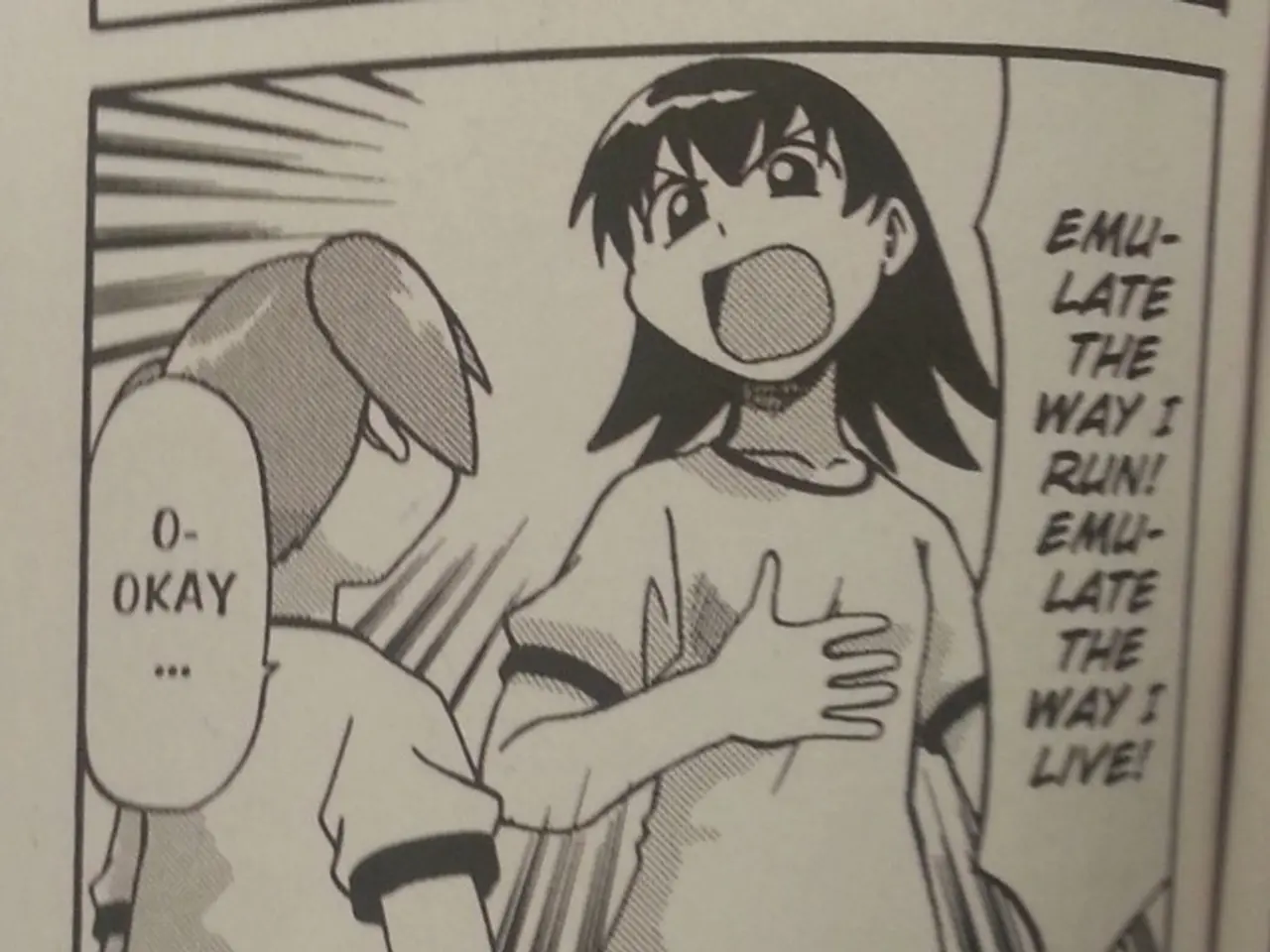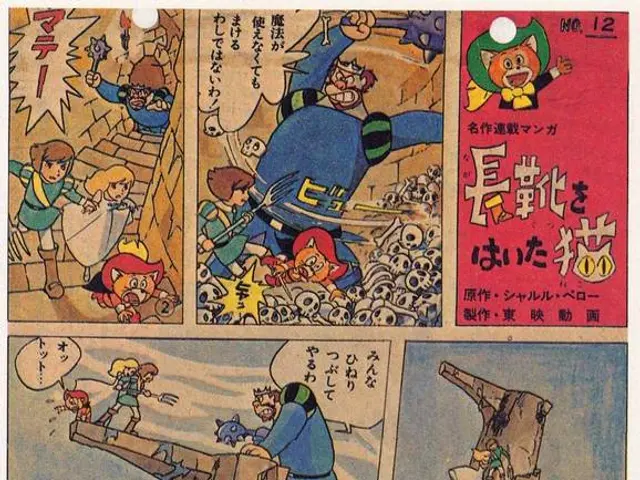Uncover the Unfulfilled Desires in Your Character to Enhance Your Narrative
Emotional wounds and unmet needs play a significant role in shaping the lives and actions of characters, according to Abraham Maslow's Hierarchy of Human Needs. This theory, first proposed by psychologist Maslow, offers a framework for understanding the connection between motivation and unmet needs, and how they drive character development.
At the most basic level, human needs include physiological requirements such as food, shelter, and safety. When these needs are not met, characters experience an internal imbalance or emotional wound that disrupts their lives and satisfaction. This unmet need acts as a motivator and source of emotional distress, compelling the character to seek fulfillment.
For instance, a deficiency in belonging and love can lead to deep emotional wounds manifesting as loneliness or abandonment issues, shaping a character’s internal conflicts and motivations. Unmet needs, when left unaddressed for a long time, become increasingly disruptive and can lead to a breaking point.
In the world of storytelling, characters are often dissatisfied, lost, unhappy, or yearning for something more, experiencing an unmet need. This unmet need drives their behavior and development throughout the story.
Take Tonya, for example, who needs to have a healthy relationship with her daughter. This unmet need forces her to let go and support her daughter's independence. Similarly, Mary, who has a need to share her life with someone, is kept from seeking love due to a fear of trusting the wrong person after a betrayal.
In other cases, characters may sacrifice one need to satisfy others. Rodney, for instance, has a fear of death after a near-fatal climbing accident. However, his need to achieve a lifelong goal of summitting Everest convinces him to take up his passion once more, even knowing the risks.
It is tempting for a character to stay in a dysfunctional comfort zone, settling for less while ignoring the hole created by an unmet need. However, change is often painful and requires great courage to step into the unknown. For example, an employee may quit a job due to bottomed-out esteem levels or escalating mistreatment, taking a leap of faith towards a more fulfilling career.
In conclusion, Maslow’s theory provides a powerful tool for understanding and crafting character development. By identifying and addressing unmet needs and emotional wounds, writers can create complex, relatable characters that drive compelling narratives.
[1] Maslow, A. H. (1943). A theory of human motivation. Psychological Review, 50(4), 370-396. [5] Ryan, R. M., & Deci, E. L. (2000). Self-determination theory and the facilitation of intrinsic motivation, social development, and well-being. American Psychologist, 55(1), 68-78.
- A writing coach can help writers better understand the role of unmet needs and emotional wounds in shaping characters, drawing from Maslow's Hierarchy of Human Needs for education and self-development in personal growth.
- In the realm of writing, characters can be written to struggle with unmet needs, such as the need for belonging, love, and personal growth, contributing to their complexities and driving the plot.
- By recognizing and addressing the unmet needs of characters, writers can create stories that resonate with readers, providing them with a sense of shared human experiences and emotional catharsis.
- Awareness of Maslow's theory can support writers in crafting relatable characters that deal with their unmet needs, offering insights into the human psyche and fostering personal growth for both the characters and the readers.




